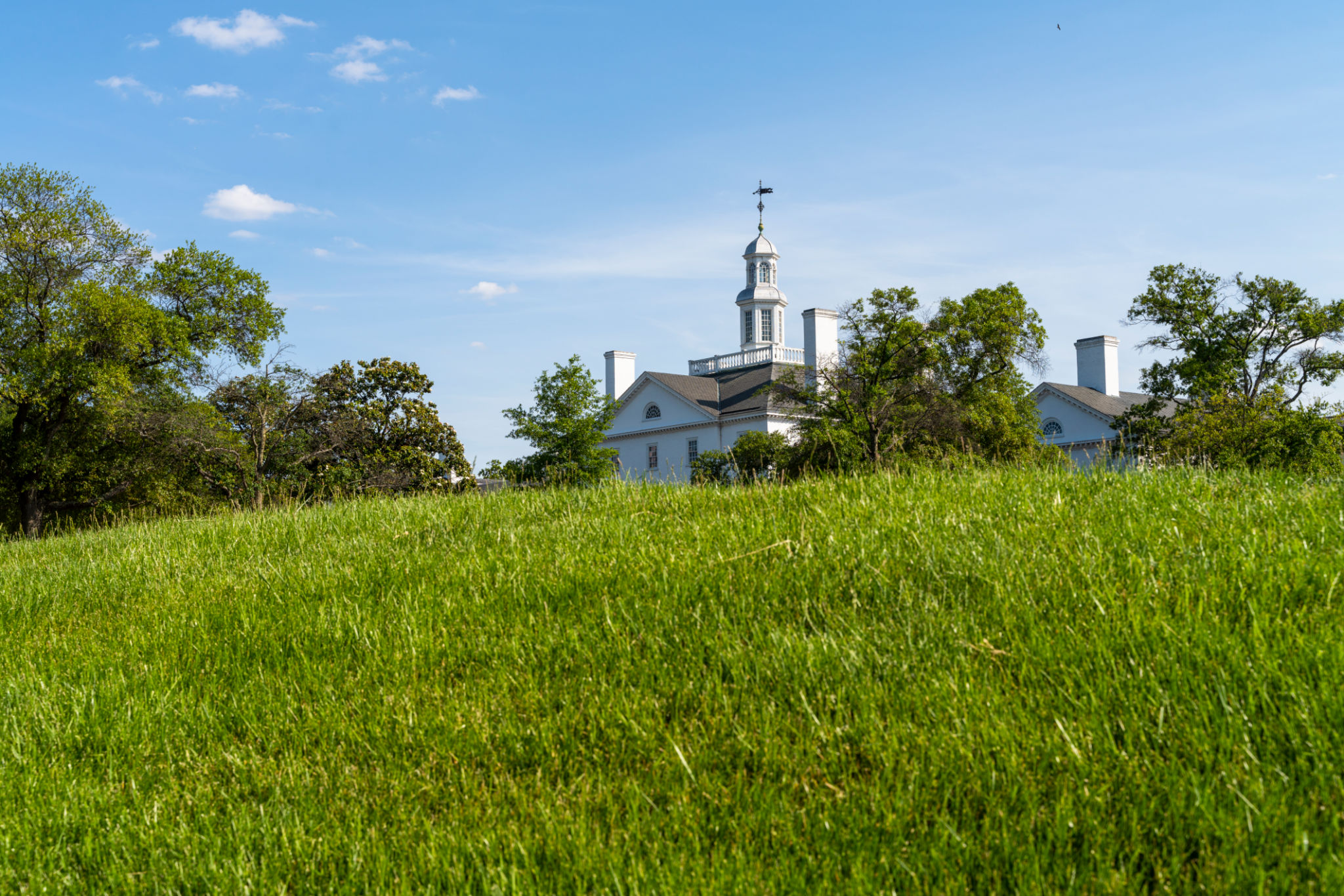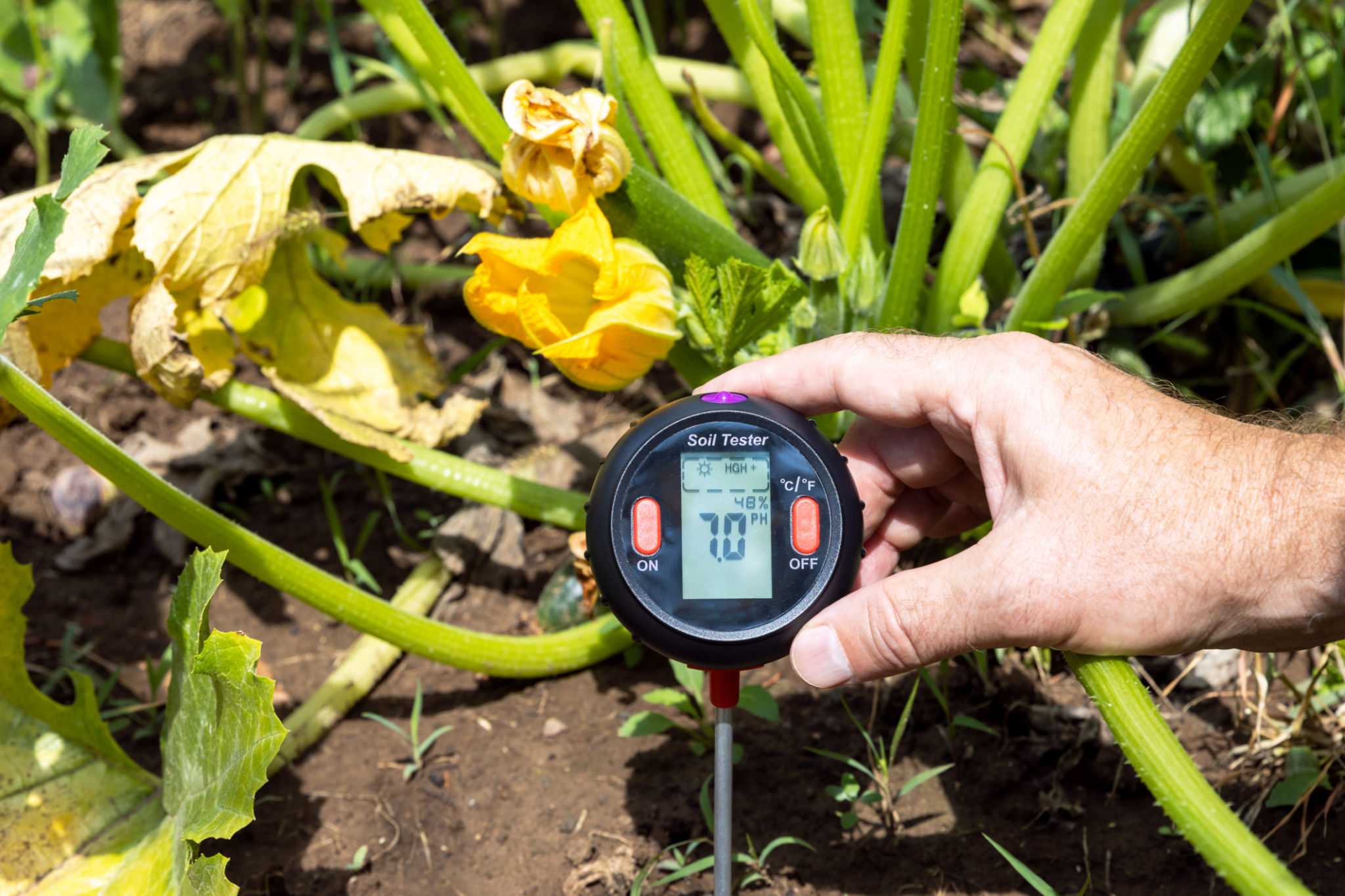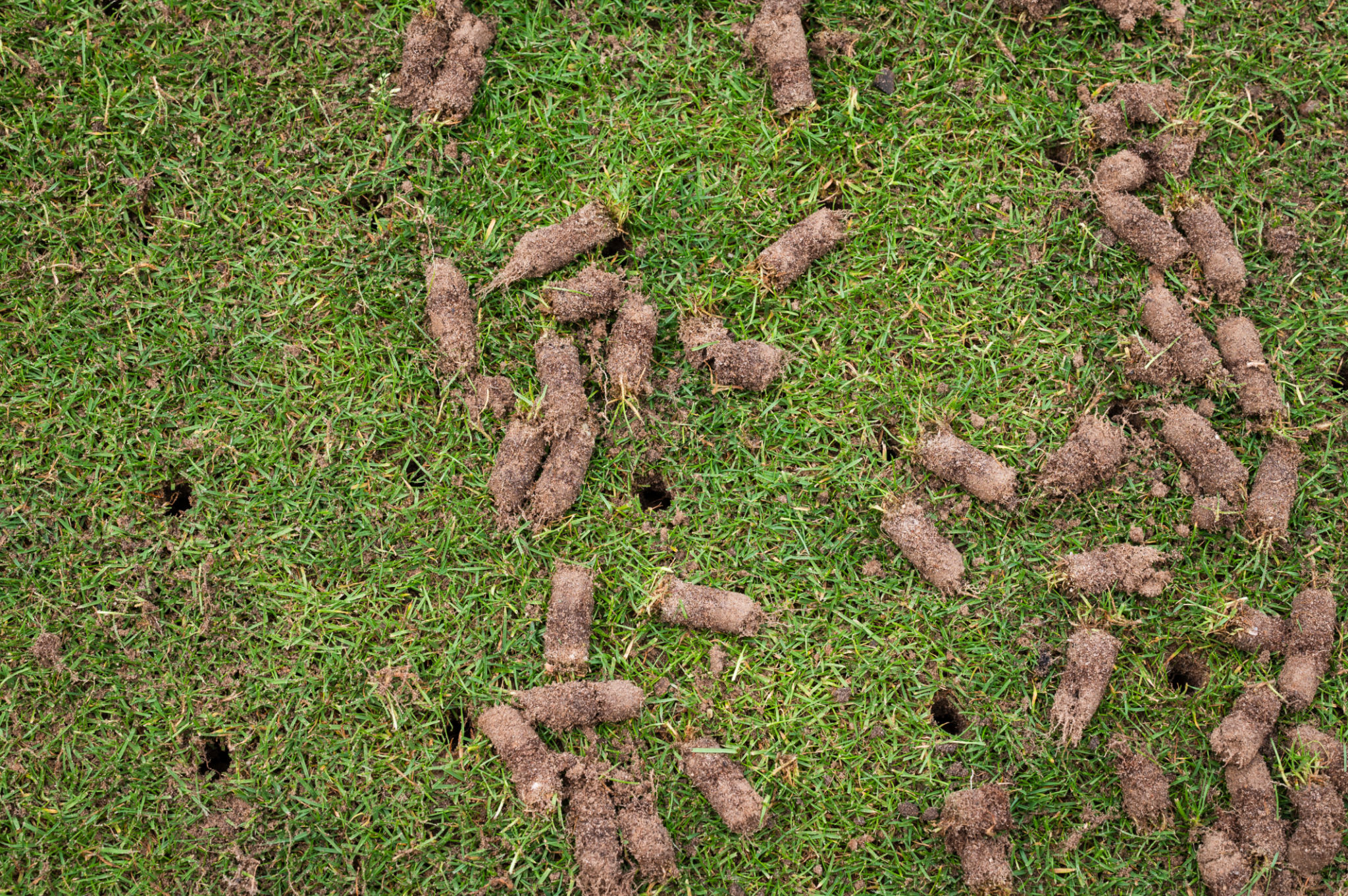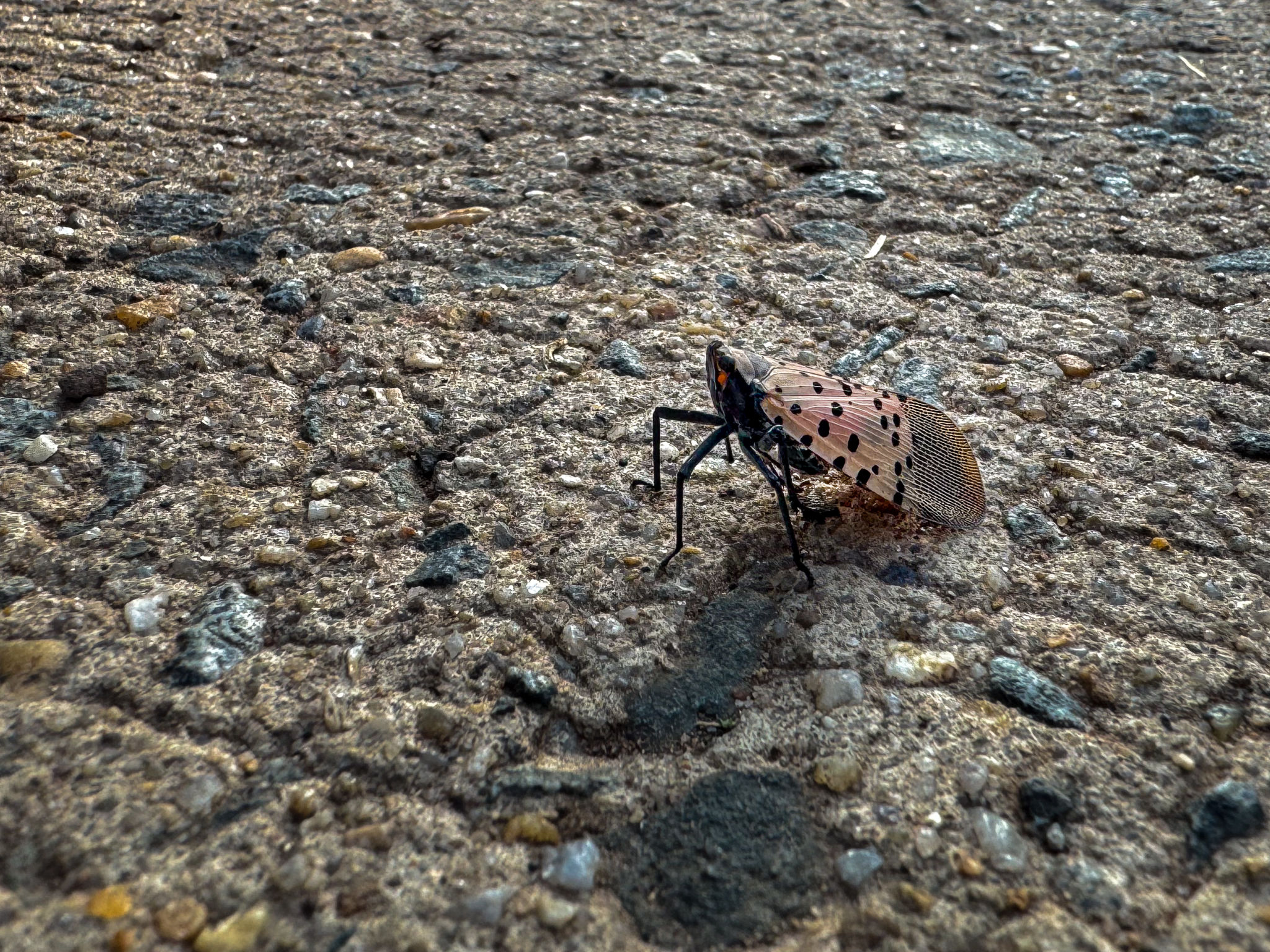How to Prepare Your Virginia Lawn for Spring
Understanding Your Lawn's Needs
As spring approaches, it's time to start thinking about preparing your Virginia lawn for the growing season. The transition from winter to spring can be a critical period for your grass, and understanding your lawn's specific needs is crucial. Virginia's climate, with its mild winters and hot summers, requires particular attention to detail to ensure a lush, green lawn.
The first step is to assess the condition of your lawn after the winter months. Look for any signs of damage, such as brown patches or bare spots, which might need special attention. It's also essential to know your grass type, as different varieties have different requirements.

Cleaning Up and Raking
Before you can start any serious lawn care, it's essential to clean up your yard. Remove any debris, such as fallen branches and leaves, that may have accumulated over the winter. This will not only improve the appearance of your lawn but also prevent diseases and pests from taking hold.
Raking is another critical step in preparing your lawn for spring. Gently rake the grass to remove dead grass blades and thatch build-up. This will help improve air circulation and encourage new growth. Be sure to use a flexible rake to avoid damaging the new grass shoots.
Soil Testing and Fertilization
Testing your soil is a crucial step in understanding what nutrients your lawn needs. You can purchase a soil testing kit from a local garden center or contact your local extension service for assistance. Once you have the results, you'll know which nutrients are lacking and can choose an appropriate fertilizer.

Apply the fertilizer according to the instructions on the package, ensuring even distribution across the lawn. Fertilization provides the necessary nutrients your grass needs to grow strong and healthy throughout the spring and summer months.
Aeration and Overseeding
Aeration involves perforating the soil with small holes to allow air, water, and nutrients to penetrate deep into the roots. This process helps alleviate soil compaction and promotes healthy root growth. You can rent an aerator from a local garden center or hire a professional service to do the job for you.
Once aeration is complete, consider overseeding your lawn. Overseeding involves spreading grass seed over existing grass to fill in bare spots and thicken the lawn. Choose a seed mix that is appropriate for your region and grass type for the best results.

Watering and Mowing
Proper watering is vital for a healthy lawn. In Virginia, it's best to water deeply but infrequently, allowing the soil to dry out slightly between waterings. This encourages deep root growth, making your lawn more drought-resistant.
Mowing is another essential aspect of lawn care. Keep your mower blades sharp and set them at the correct height for your grass type. Generally, you should never remove more than one-third of the grass blade height at a time. Regular mowing helps keep your lawn neat and prevents weeds from taking over.
Pest and Weed Control
As your lawn begins to thrive, keep an eye out for pests and weeds that can quickly become problematic. Use a combination of manual removal, natural remedies, and chemical treatments if necessary to control these issues.
Pre-emergent herbicides are effective for controlling weeds before they germinate, while post-emergent herbicides are used on already-growing weeds. Be sure to read and follow all instructions carefully when using chemical treatments to avoid damaging your lawn.

By following these steps, you can ensure that your Virginia lawn is well-prepared for the spring season. With a little effort and attention to detail, you'll enjoy a lush, green lawn that enhances the beauty of your home all year round.
